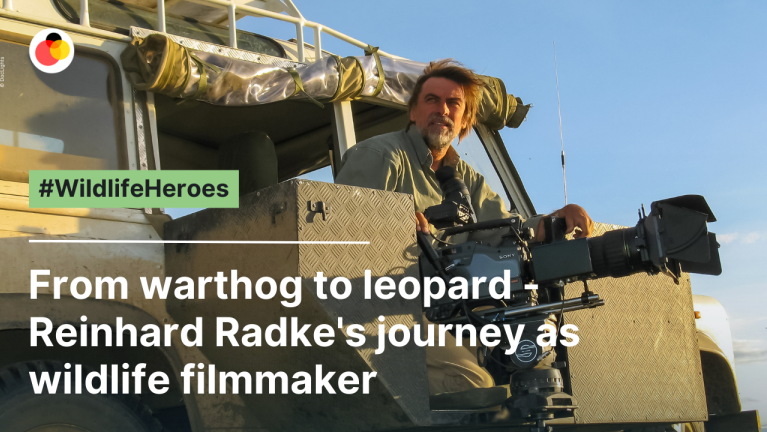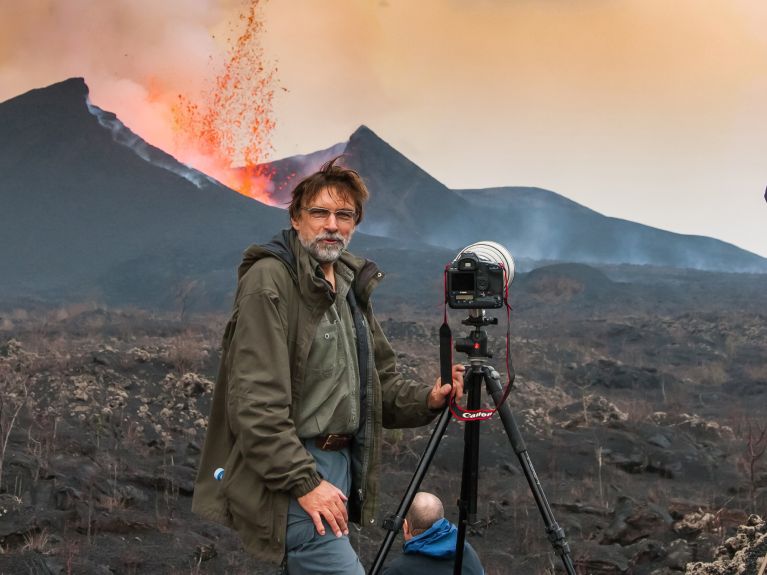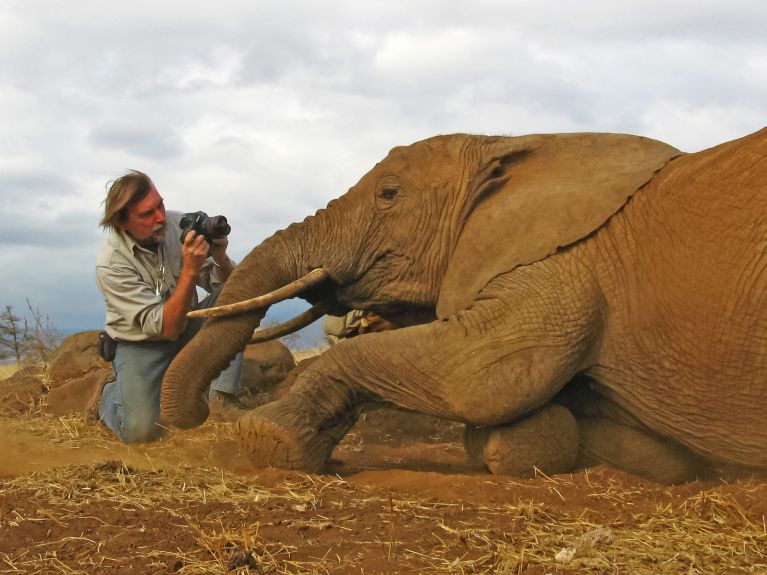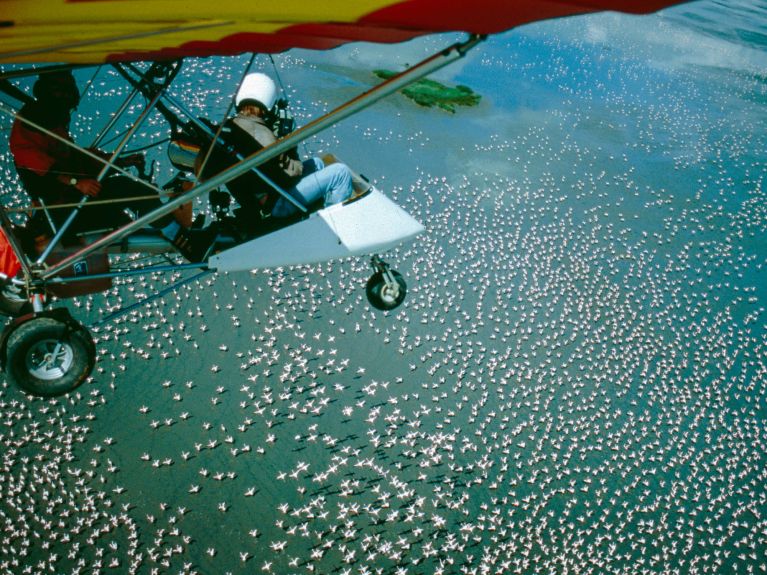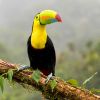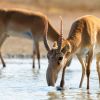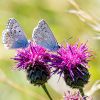Working with leopards and warthogs
As a nature filmmaker, Reinhard Radke has seen a lot of things. But it isn’t always the animals which are responsible for the quirky moments: it’s the tourists.
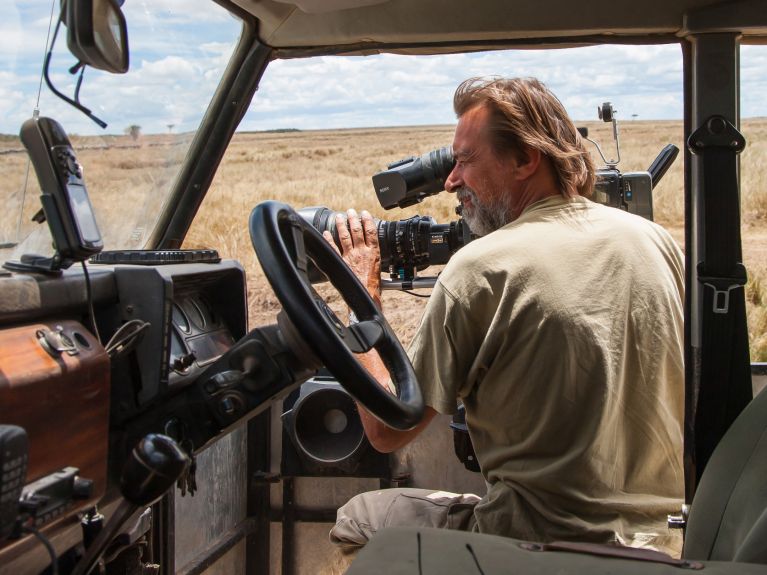
Reinhard Radke is sitting in his office, an office “just like any other office at the end of a fulfilling life,” he says. But you won’t find crocodile skulls or portraits of leopards in many offices. Reinhard Radke makes films about animals, and he has been very successful at his job. Over the course of 30 years he has travelled around the world making films about leopards, hyenas, crocodiles and warthogs. Reinhard actually si an electrical engineer, but in 1976 his training took him to South Asia, where he spent months roaming the jungles, climbing volcanoes and observing Komodo dragons. After a trip like that, his original choice of career seemed rather dull.
Making connections with the beauty of nature
Radke studied biology at university and took his first trip to Africa in 1978, where he developed a passion for the continent and its wildlife. He completed his PhD in behavioural biology with a field study of Kenyan warthogs, and they’ve been his ‘favourite animals’ ever since, he chuckles. After making some short videos about his work he caught the filmmaking bug. “Good wildlife documentaries can make people feel an emotional connection to the beauties of nature, and also contribute to people seeing that certain areas deserve special protection,” Radke explains.
Dieses YouTube-Video kann in einem neuen Tab abgespielt werden
YouTube öffnenThird party content
We use YouTube to embed content that may collect data about your activity. Please review the details and accept the service to see this content.
Open consent formWhat makes his films so special is the way they capture the appeal of a feature film. They often include a main character, such as in “The Leopardess” and “The Lion Brothers”. But despite what appears to be a contrived plot, it was always important to Radke to document real behaviour in his films. The films show “stories written by life,” he says. “I’ve always particularly enjoyed accompanying my ‘performers’ for long periods of their lives.”
Using nature documentaries to promote species protection
Nature documentaries have an important role in protecting nature. “Nature films can make a major contribution to protecting national parks as TV shows arouse interest in these places,” Reinhard explains. Tourism pays for the maintenance of national parks which would otherwise find it extremely difficult to support themselves. It secures jobs in the parks and provides an economic alternative to using the areas for agriculture. “Good nature documentaries serve as advertisements to guarantee funding for these areas,” Radke says.
That said, greater numbers of tourists make it more difficult to make films, as it’s not unusual for tourists to want to photograph lions, leopards and elephants at the same time as Radke is at work. “The national park guides immediately tell their colleagues where the charismatic animals are,” Radke explains. Often he only has half an hour before columns of jeeps full of tourists roll up. “Some scenes in my films actually came about because I had to film around the cars,” laughs Radke. But it cannot be avoided, and “it sometimes makes my work as an animal filmmaker a bit more complicated,” he says.
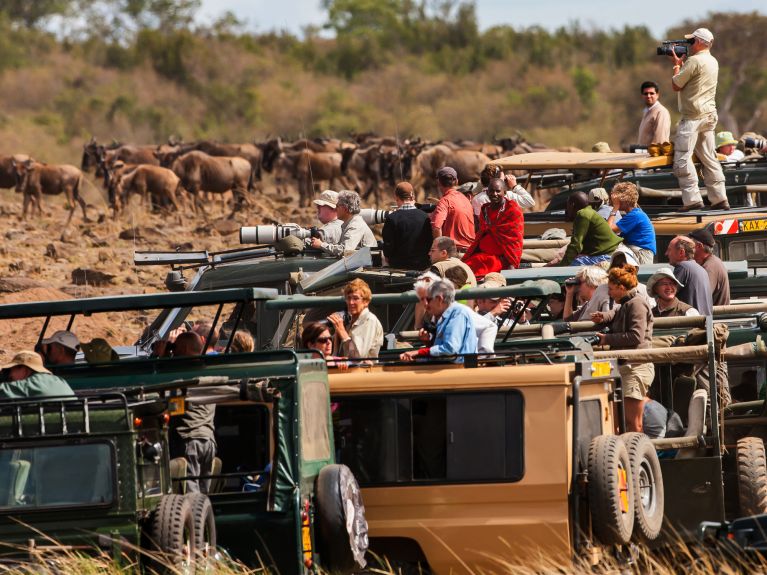
Allowing people to feel an emotional connection with animals
Yet Reinhard Radke still believes that direct encounters with these at-risk animals are particularly important. Even if the experience only lasts for a moment, they allow people “to connect with these animals on a much more emotional level,” he explains. “It is moving to watch gazelles looking after their young, for example,” says the passionate filmmaker. “It produces emotions which a photo can never convey.”
